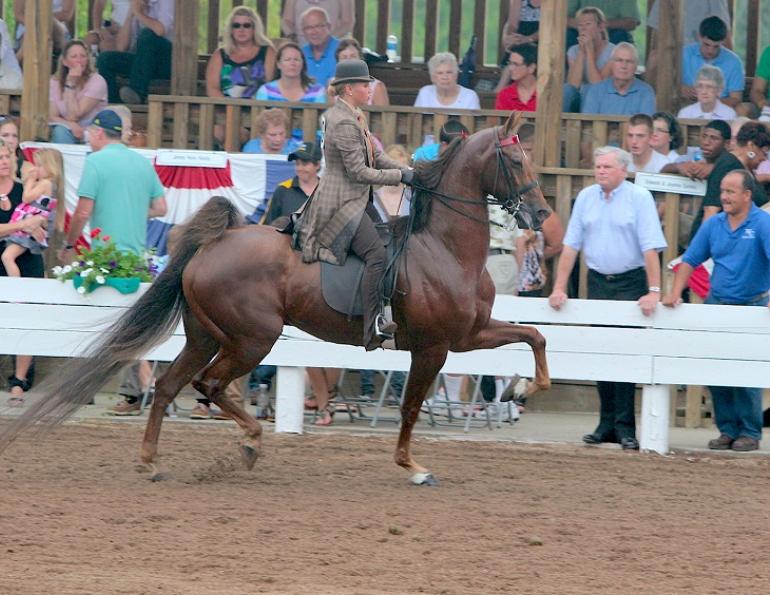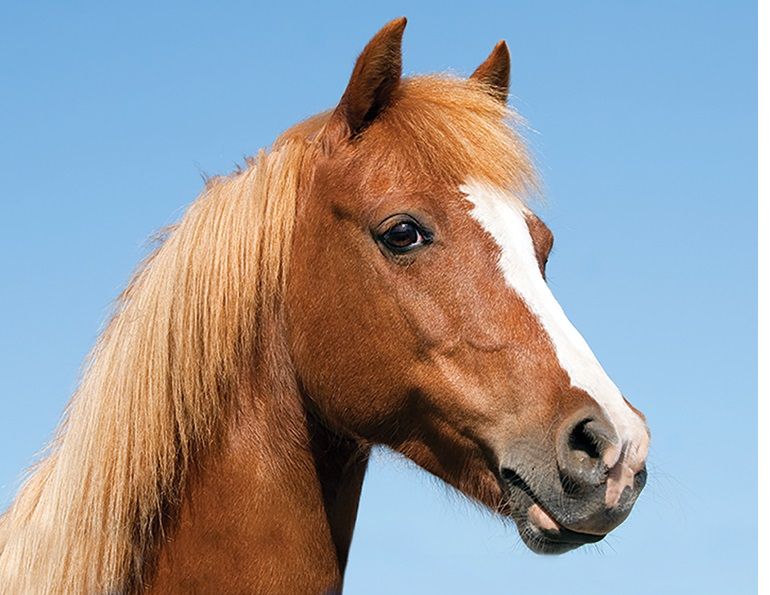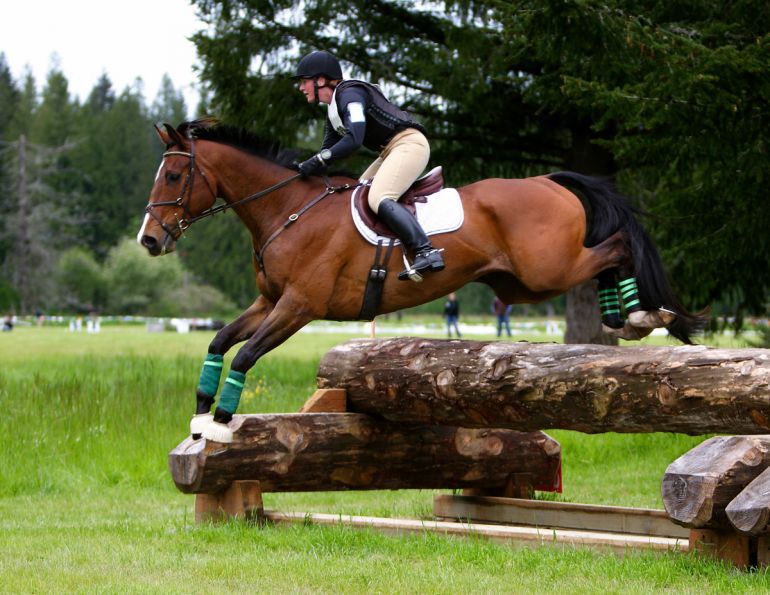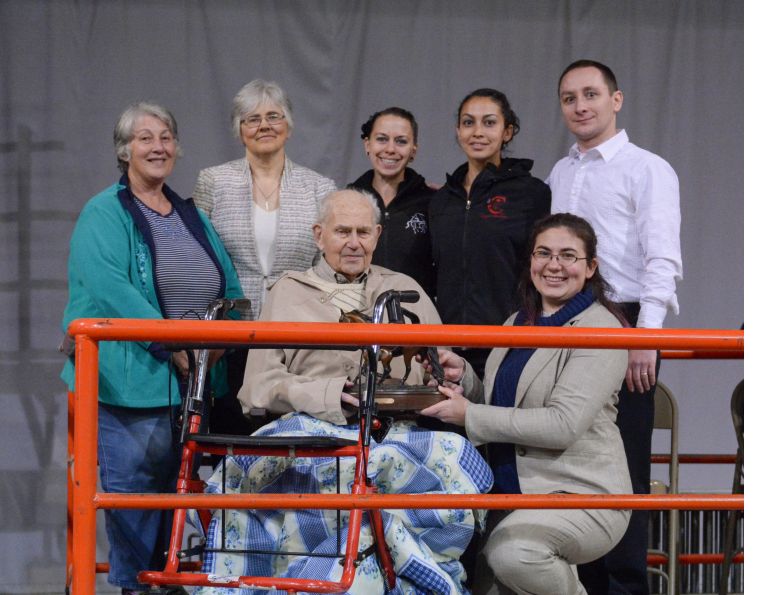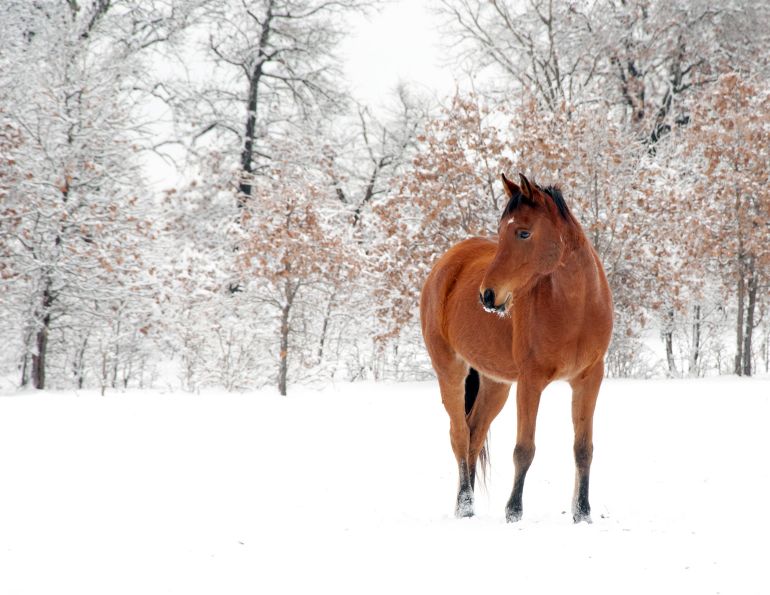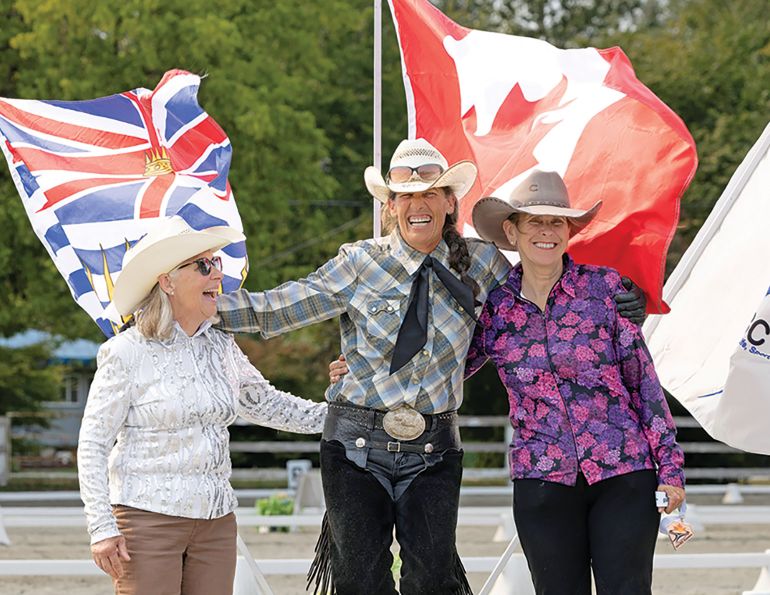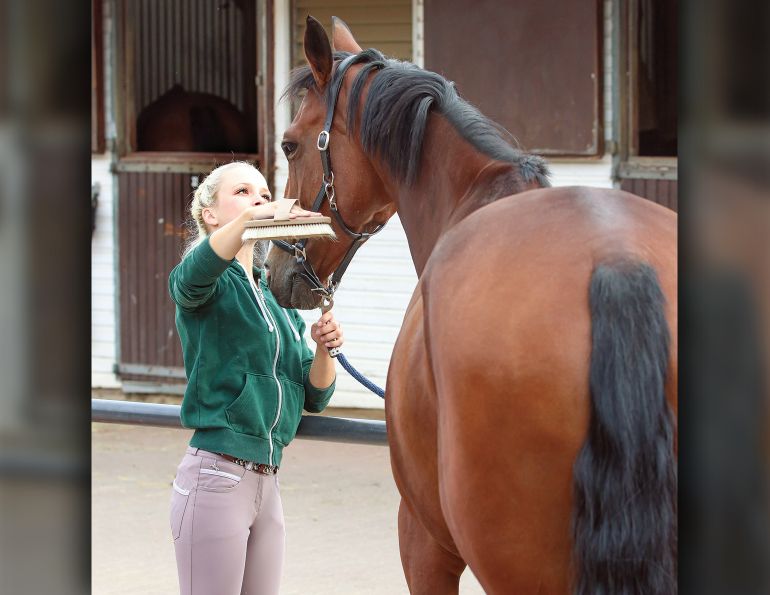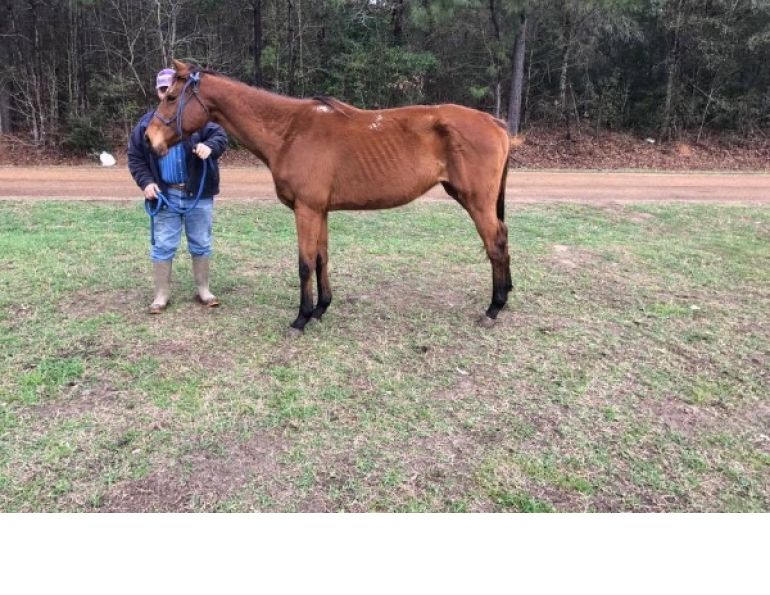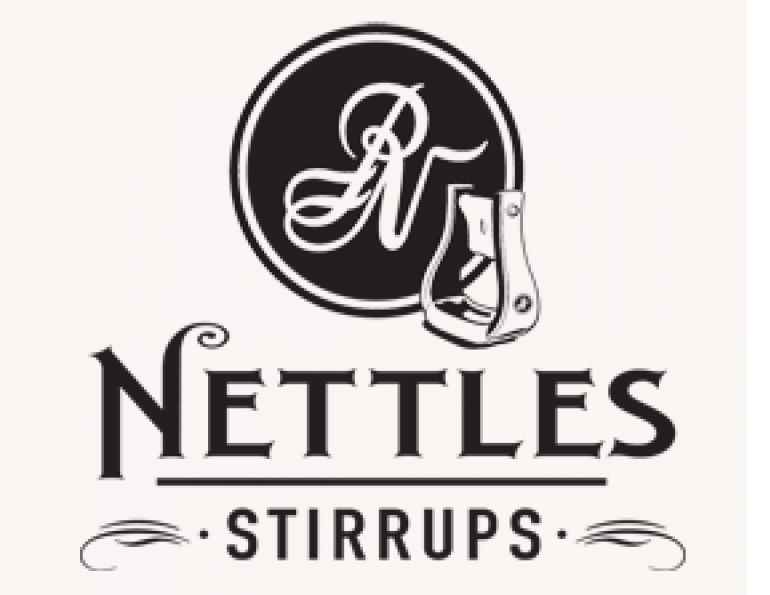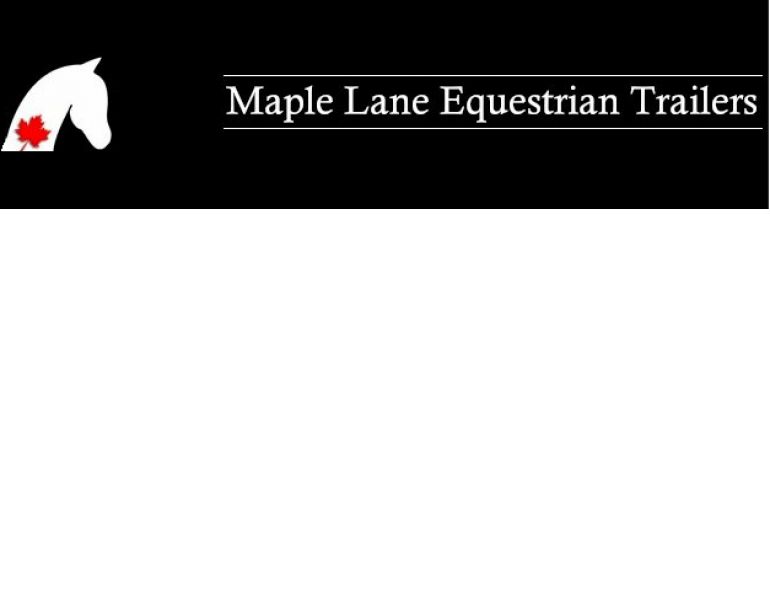Source: College of Veterinarians of British Columbia
As show season approaches, horse owners are reminded that the practice of tail alteration in horses in now banned in British Columbia. The ban has been in effect since November 2016, when the registrants of the College of Veterinarians of British Columbia (CVBC) passed a vote in favour of banning cosmetic tail docking of dogs, horses and cattle, and tail alteration in horses. The decision brings British Columbia in line with the majority of provinces across Canada and supports the Canadian Veterinary Medical Association’s (CVMA) position on the practices.
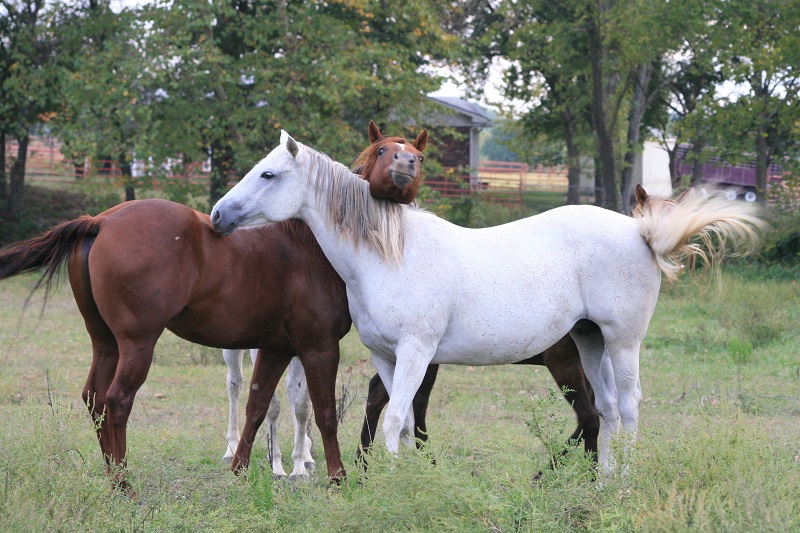
Horses need their tails to communicate with other horses, and to control flies.
“Veterinarians in BC have advanced animal welfare in the province through this vote,” says College President Dr. Brendan Matthews, “BC now joins the four Atlantic provinces, and Quebec, on banning the practice of these cosmetic procedures.”
No scientific evidence supports a welfare or medical benefit for tail docking or alteration, but evidence does show a detrimental effect on behaviour and animal communication, as well as the risk for infection and phantom pain.

In tail docking, part of the tailbone is removed.
Tail alterations in horses include tail nicking and tail blocking. Tail nicking involves cutting the tail muscles for the purpose of achieving a high tail carriage for the show ring. The horse then requires the need of a tail brace and the use of their tail is greatly compromised throughout the remainder of their life. Tail blocking involves injecting the major nerves of the tail with a substance that affects the horse’s ability to move the tail. Tail docking involves the removal of part of the tailbone. In horses, tail docking and tail alteration limits the ability of tail swishing and thus impairs fly control and communication with other horses. All of these procedures can be associated with serious health risks and complications.
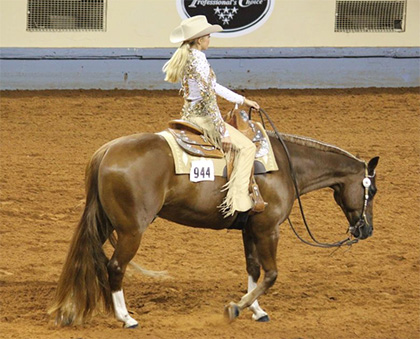
In tail blocking, the major nerves of the tail are injected with a substance that affects the horse’s ability to move the tail. Photo courtesy of the Michigan State University
Breed associations and some competitors continue to resist bans because of historical practices. However, as Matthews points out, “Veterinarians have an ethical responsibility to the animals they treat and tail docking goes against that responsibility. We ask other provinces to follow suit and for breed associations to recognize the changing times.” In addition to cosmetic tail docking and tail alteration, ear cropping in dogs is banned in BC.
For more information visit: www.cvbc.ca, or contact Dr. Bettina Bobsien, BSA, DVM, DiplABVP (Equine), College of Veterinarians of BC, at: BBobsien@cvbc.ca.
Main Photo: Tail nicking involves cutting the tail muscles to achieve a high tail carriage for the show ring. Photo: Abouander Photography/Flickr



